Finchetto is hoping to launch a product within the next 18 months


The RoboBall project is based on the simple concept of a “robot in an airbag,” with two versions currently in development.
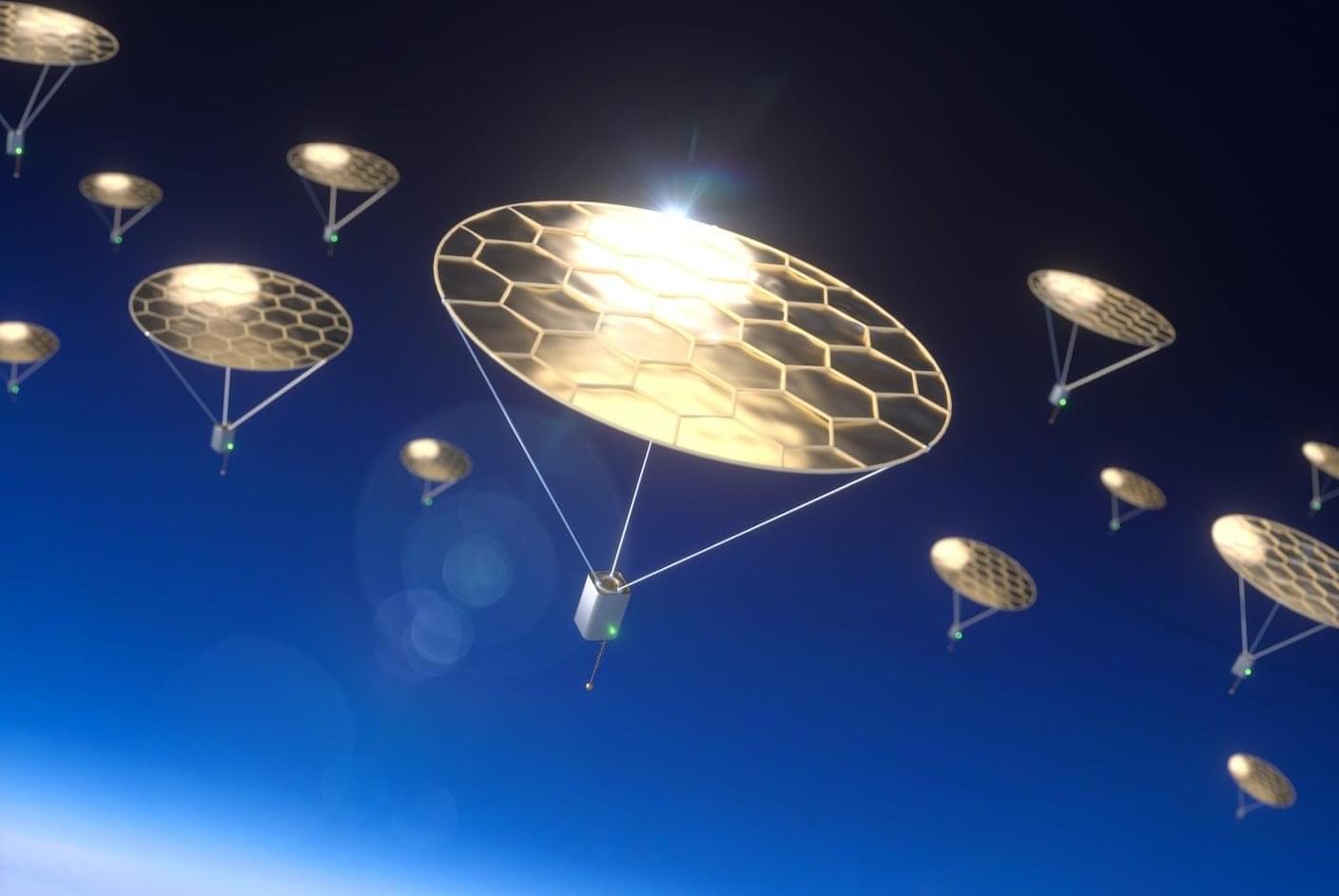
Questions to inspire discussion.
AI and Supercomputing Developments.
🖥️ Q: What is XAI’s Colossus 2 and its significance? A: XAI’s Colossus 2 is planned to be the world’s first gigawatt-plus AI training supercomputer, with a non-trivial chance of achieving AGI (Artificial General Intelligence).
⚡ Q: How does Tesla plan to support the power needs of Colossus 2? A: Elon Musk plans to build power plants and battery storage in America to support the massive power requirements of the AI training supercomputer.
💰 Q: What is Musk’s prediction for universal income by 2030? A: Musk believes universal high income will be achieved, providing everyone with the best medical care, food, home, transport, and other necessities.
🏭 Q: How does Musk plan to simulate entire companies with AI? A: Musk aims to simulate entire companies like Microsoft with AI, representing a major jump in AI capabilities but limited to software replication, not complex physical products.

Now, in an article published in Light: Science & Applications, researchers from The University of Osaka, together with collaborating institutions, have unveiled a cryo–optical microscopy technique that takes a high-resolution, quantitatively accurate snapshot at a precisely selected timepoint in dynamic cellular activity.
Capturing fast dynamic cellular events with spatial detail and quantifiability has been a major challenge, owing to a fundamental trade-off between temporal resolution and the “photon budget,” that is, how much light can be collected for the image. With limited photons and only dim, noisy images, important features in both space and time become lost in the noise.
“Instead of chasing speed in imaging, we decided to freeze the entire scene,” explains one of the lead authors, Kosuke Tsuji. “We developed a special sample-freezing chamber to combine the advantages of live-cell and cryo-fixation microscopy. By rapidly freezing live cells under the optical microscope, we could observe a frozen snapshot of the cellular dynamics at high resolutions.”
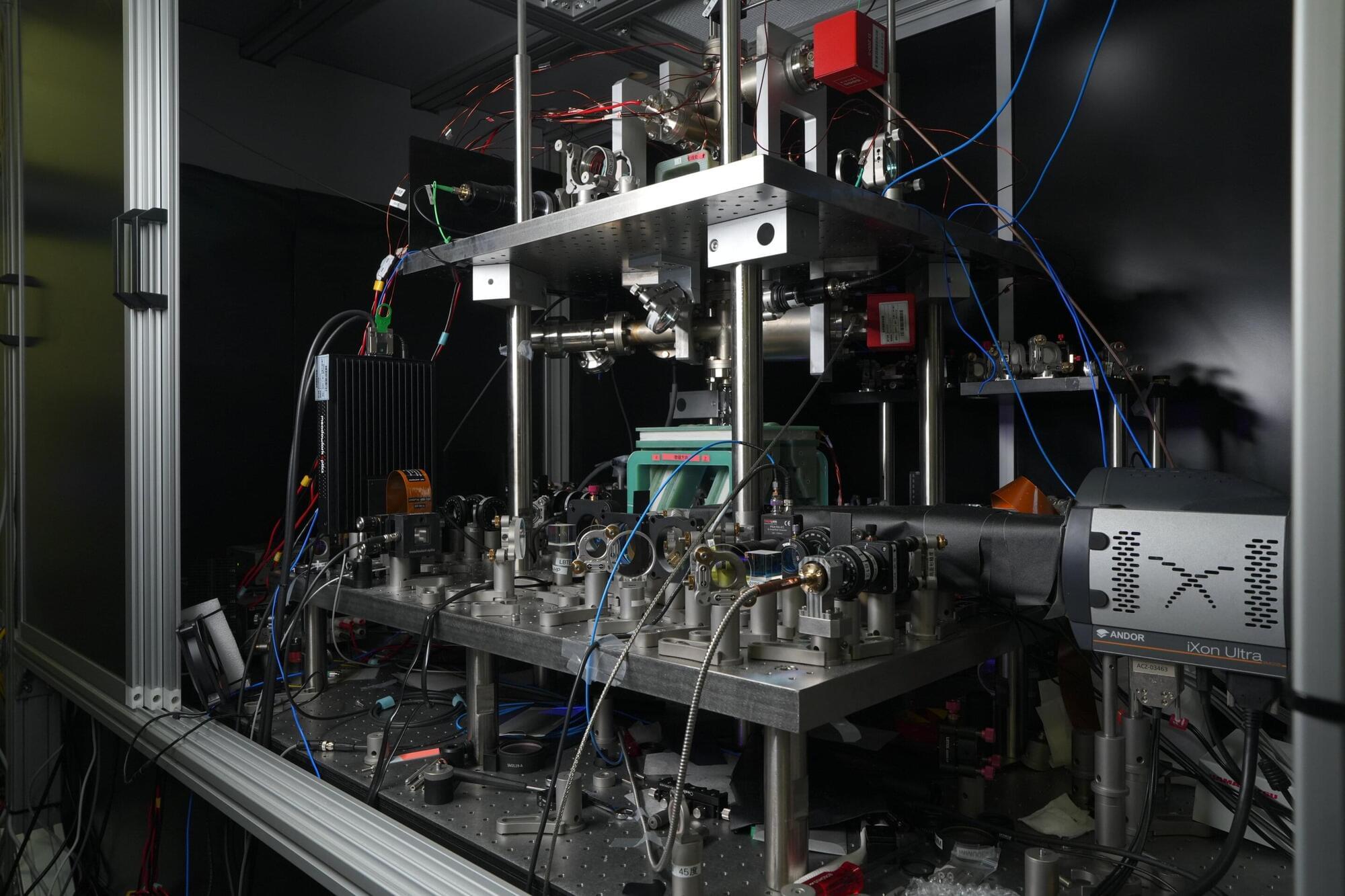
The simulation of quantum systems and the development of systems that can perform computations leveraging quantum mechanical effects rely on the ability to arrange atoms in specific patterns with high levels of precision. To arrange atoms in ordered patterns known as arrays, physicists typically use optical tweezers, highly focused laser beams that can trap particles.
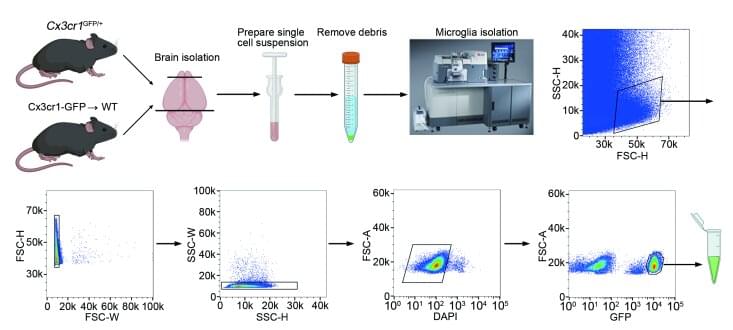
An evolving form of therapy to treat devastating neurodegenerative disorders by injecting fresh immune cells—microglia—directly into the brain, promises a new lease on health by slowing the progression of mind-robbing conditions.
The research, underway in China, is in the pre-clinical phase of investigation and is aimed at protecting vital neurons, while at the same time, combating the early hallmarks of neurological disorders, such as Alzheimer’s disease.
So far, the microglia transplants have been performed in animal models, but they have ameliorated symptoms of neurological disease.

Scientists pursuing magnetically-confined nuclear fusion as a clean energy source grapple with the “core-edge challenge,” the need to integrate the core of the reactor, where plasma must be 10 times hotter than the sun, with the reactor’s edge. The edge must sustain a lower temperature to avoid melting of the material containing the plasma and extracting its energy to produce power.
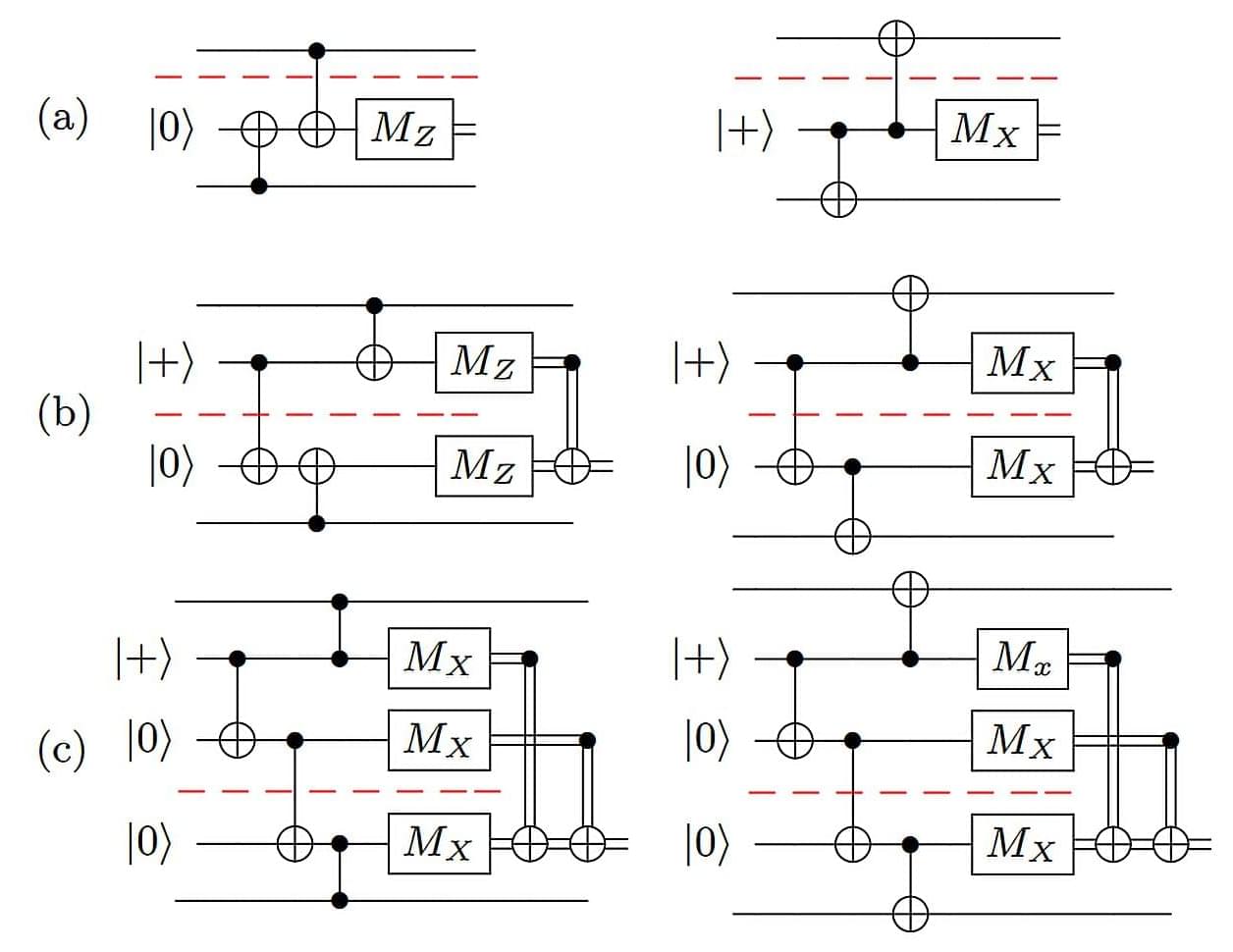
While quantum computers are already being used for research in chemistry, material science, and data security, most are still too small to be useful for large-scale applications. A study led by researchers at the University of California, Riverside, now shows how “scalable” quantum architectures—systems made up of many small chips working together as one powerful unit—can be made.
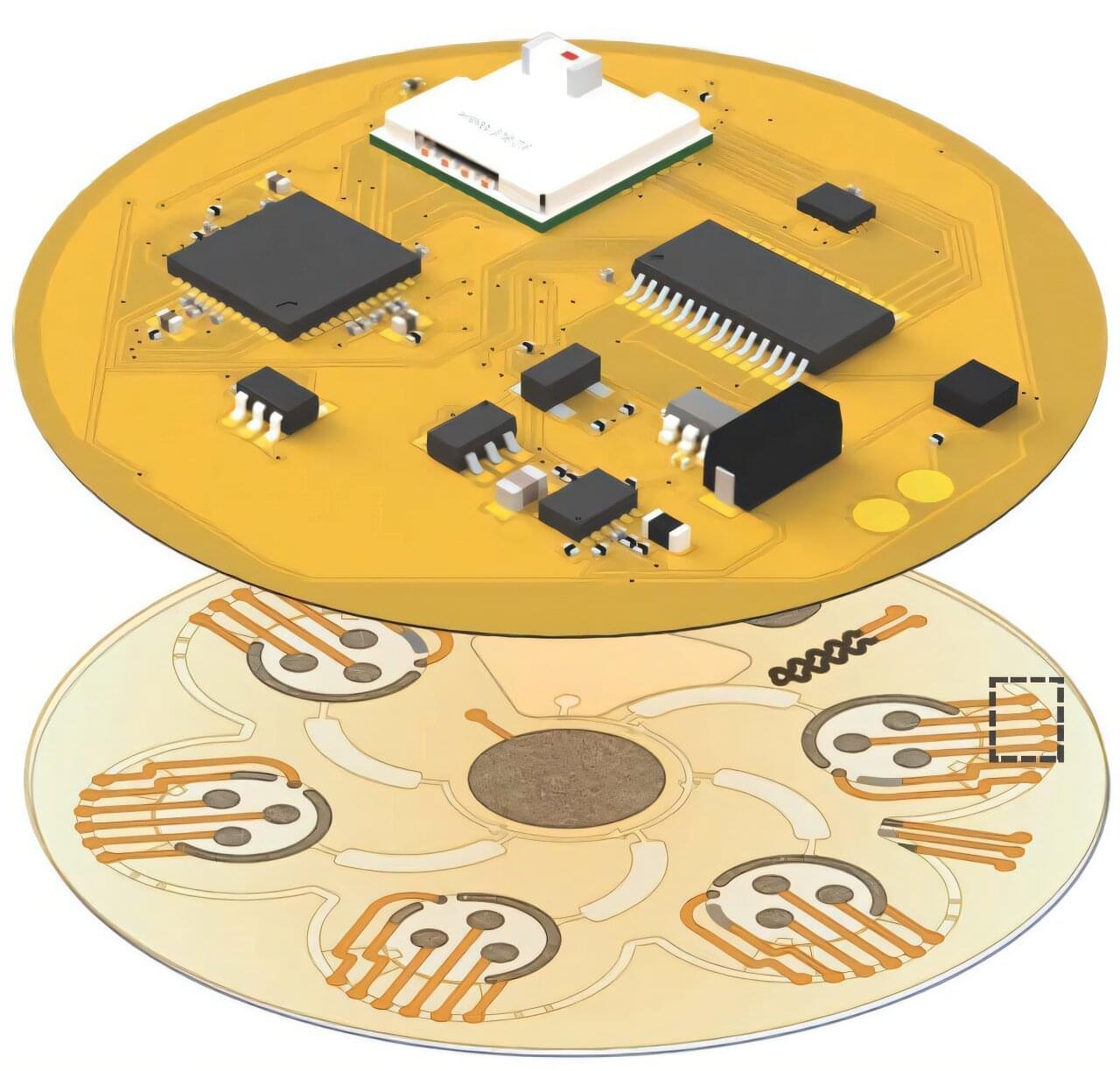
Most people are well aware of the effects of chronic stress in the modern world. While some stress can be a good thing, like the type of stress your body feels during an intense workout, prolonged or chronic stress can lead to a myriad of health problems, including anxiety, heart disease, and inflammation. And, at a larger scale, the high prevalence of chronic stress in the population increases the burden on public health systems.
Tracking stress responses could help people better understand and manage stress, but stress can be difficult to measure and monitor in an objective and precise manner. Stress hormones fluctuate throughout the day, but current stress assessment methods rely on subjective self-reports, heart rate, or wearable sensors that only measure cortisol in a non-continuous manner. It is difficult to get a full picture of a person’s stress response and its long-term effects with these current methods.
However, scientists have recently developed a device called the “Stressomic,” a wearable biosensor that can continuously monitor cortisol, epinephrine, and norepinephrine in sweat—which might just pave the way for better stress management. The device was recently tested in a study published in Science Advances. They claim that it’s capable of distinguishing between acute and chronic stress and can be worn as a simple biocompatible patch placed on the skin.